Maintaining a clean and sanitary kitchen is a top priority for any professional chef or culinary enthusiast. One essential tool that often gets overlooked in terms of maintenance is the cutting board. Learning how to prevent cutting board from molding is not just about hygieneits about extending the lifespan of an indispensable kitchen asset. Mold on cutting boards is more than just an eyesore; it can lead to health issues and compromise food quality. Thats why weve crafted this guide, especially for kitchen professionals, to help you implement best practices for cutting board maintenance.
Whether youre using a wooden or plastic cutting board, understanding the root causes of mold growth and how to mitigate them is crucial. This article delves deep into the science and practice behind keeping your cutting boards pristine and mold-free.
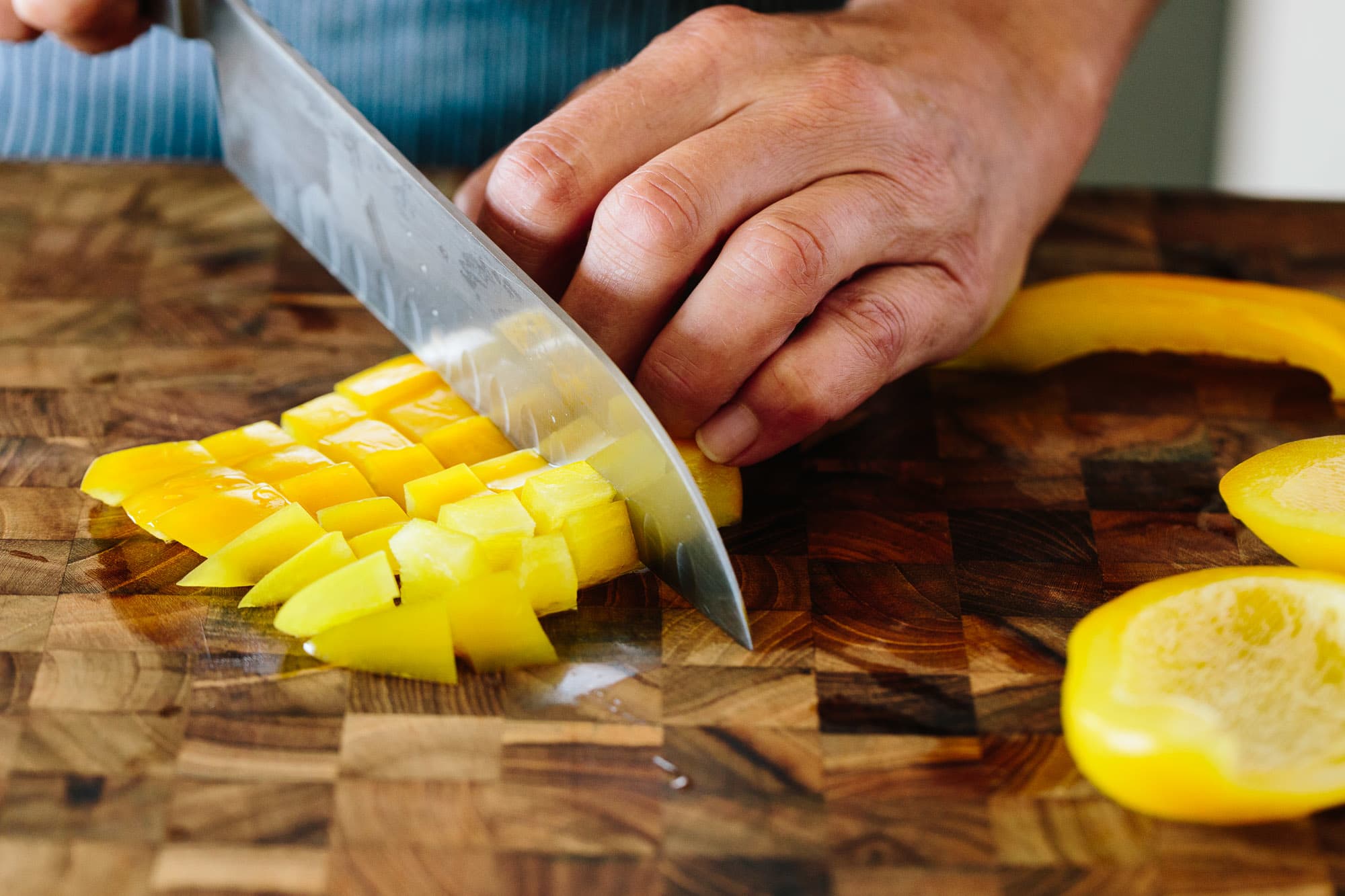
Why Mold Develops on Cutting Boards
Mold thrives in moist and dark environments. Unfortunately, cutting boards are often left damp after use and can accumulate bacteria in tiny cracks or grooves caused by knives. Left unchecked, this creates the perfect breeding ground for mold. Here are some key reasons:
- Improper Cleaning: Food particles stuck in crevices provide nutrients for mold.
- Poor Drying Habits: Storing cutting boards without fully drying them traps moisture, encouraging mold growth.
- Inadequate Maintenance: Failure to oil or sanitize wooden boards can lead to cracking and mold infiltration.
Step-by-Step Guide on Preventing Mold
1. Choosing the Right Materials
Your first step in preventing mold is selecting the appropriate cutting board material. Wooden cutting boards, especially maple or teak, have natural antibacterial properties but require more maintenance. Plastic boards are easier to clean but might develop knife grooves that harbor bacteria.
Learn more about the benefits of wood cutting boards to make an informed choice.
2. Proper Cleaning Techniques
After each use, scrub your cutting boards with hot, soapy water. For wooden boards, avoid submerging them in water, as this can cause warping. Instead, use a damp cloth. Periodically sanitize your boards using vinegar. Check out this guide on how to clean cutting board with vinegar.
3. Drying is Non-Negotiable
Never stack or store cutting boards without drying them completely. Use a clean towel to pat them dry, and then allow them to air-dry vertically to avoid trapping moisture.
4. Oil Wooden Cutting Boards Regularly
Wooden boards need regular oiling to strengthen their surface and prevent cracks where mold can grow. Use food-grade mineral oil or specialized cutting board oil. Follow this guide on how to oil and maintain a cutting board.
5. Proper Storage Practices
Store your cutting boards in a dry, ventilated place. Avoid leaving them in wet sinks or closed cabinets right after use.
Signs Your Cutting Board May Be Beyond Repair
Even with the best efforts, some cutting boards may need to be replaced. Look for these signs:
- Deep Grooves: Grooves can harbor bacteria and are hard to clean effectively.
- Persistent Odor: A lingering bad smell could indicate trapped bacteria or mold.
- Surface Cracks: These make the board structurally unsound and unsafe to use.
FAQs
1. Can moldy cutting boards be saved?
If mold is superficial, you may scrub it off with hot, soapy water and sanitize the board with a bleach solution. However, deeply ingrained mold requires replacing the board.
2. How often should I oil my wooden cutting board?
To prevent drying and cracking, oil your wooden board after every 3-4 uses or when the surface starts appearing dull.
3. Are plastic cutting boards less prone to mold?
While plastic boards are less porous and easier to clean, knife grooves can still harbor bacteria and mold. Regular sanitization is crucial.
For additional detailed tips, you can visit this guide on cutting board usage.
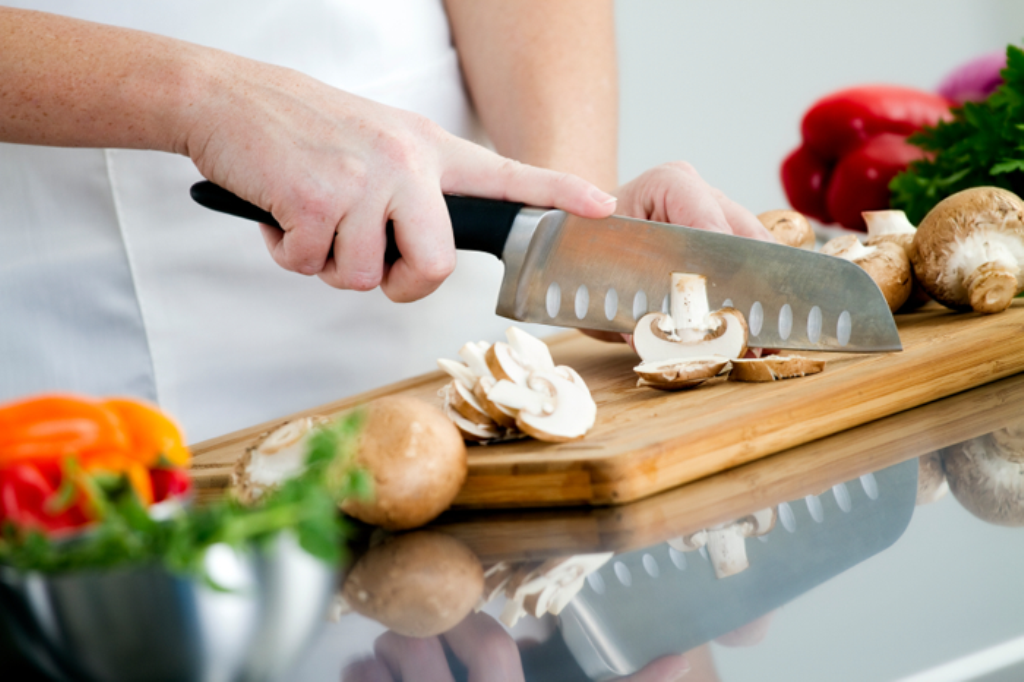
Conclusion
Understanding how to prevent cutting board from molding is an essential skill for kitchen professionals. By following a regime of proper cleaning, drying, oiling, and storage, you can ensure your cutting boards remain in optimal condition. Not only will this save you money in the long run, but it also promotes a cleaner, safer kitchen environment. Start implementing these tips today and protect your boards from unwanted mold growth!
This article contains affiliate links. We may earn a commission at no extra cost to you.

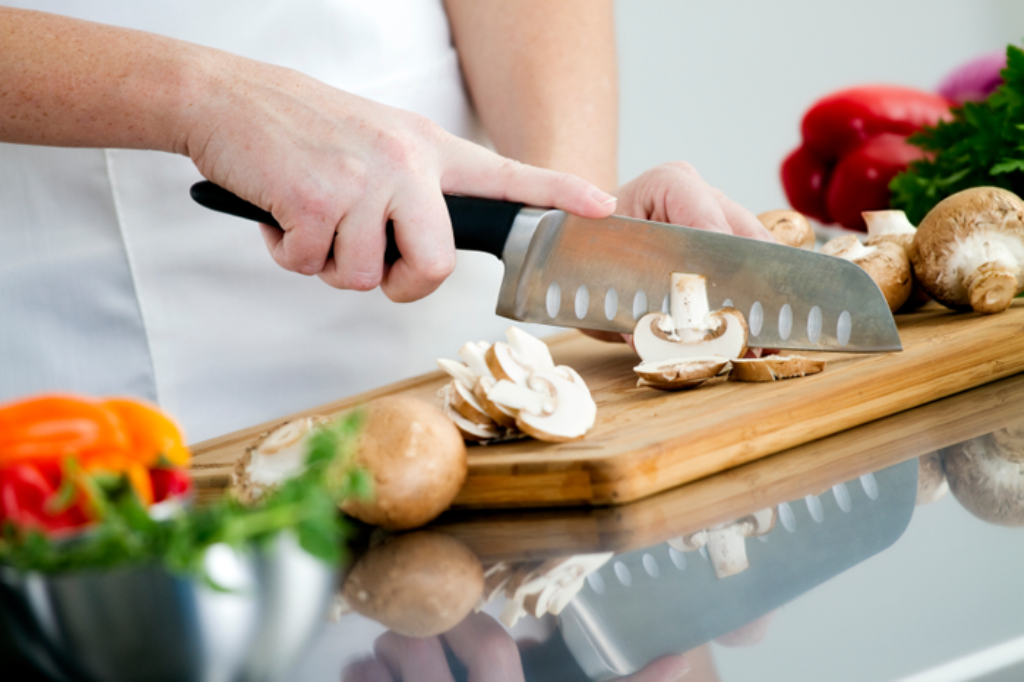


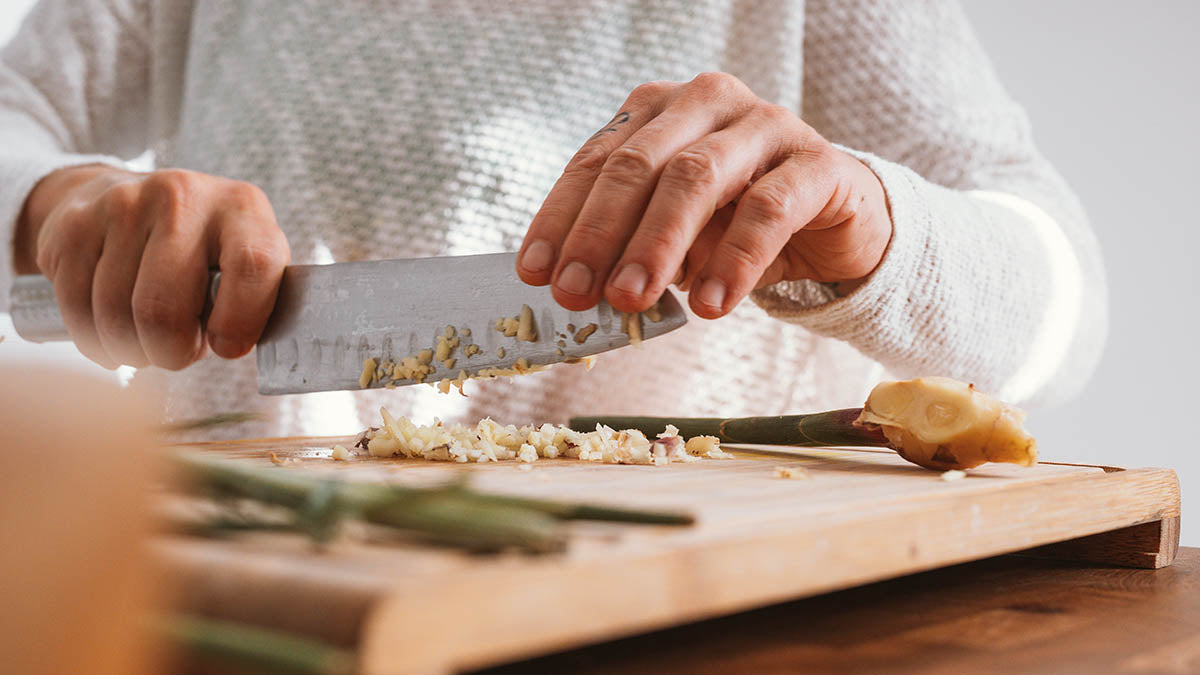
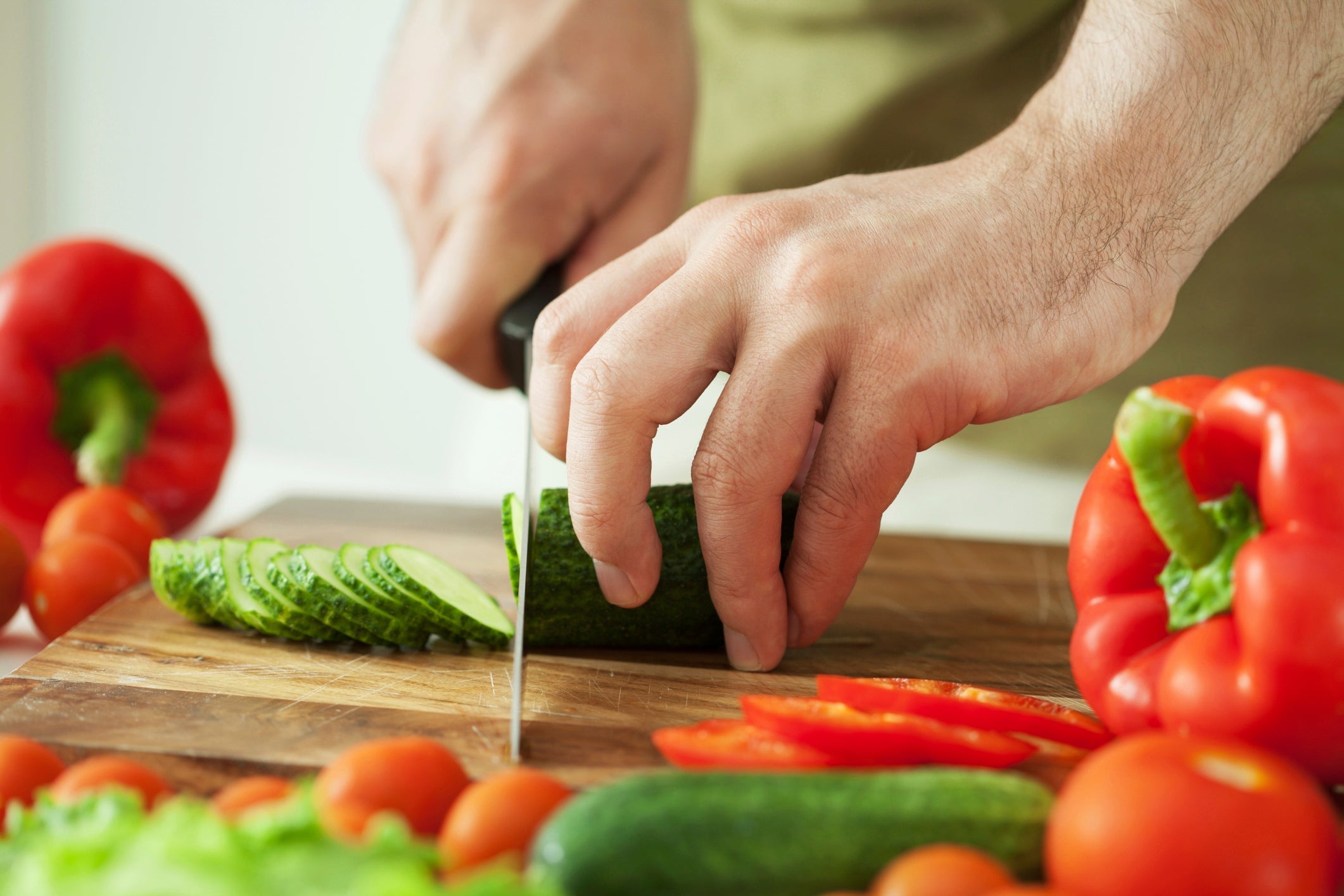
Leave a comment
This site is protected by hCaptcha and the hCaptcha Privacy Policy and Terms of Service apply.